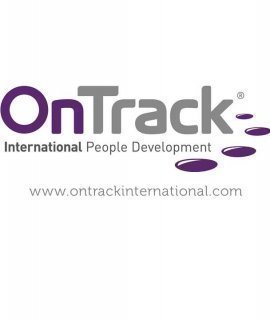Continuous Improvement in Learning – an Organisational Challenge.
SOURCE: James Birrell - People Who Know
PUBLISHED: 05/11/2018
Compromising on the quality of learning in an organisation cannot be justified by the need to do things faster or cheaper. But invariably – in organisations that do not value learning – quality is less of a priority than cost management. This is both short-sighted and a threat to organisational performance. In any other area of an organisation when cost savings are sought, quality of deliverables is a non-negotiable when it comes to identifying where savings can be found. Instead, many businesses employ continuous improvement processes – Lean ways of working – and strive to find process improvements to save costs without compromising quality. Learning organisations understand the importance of applying the principles of continuous process improvement in developing, delivering and evaluating learning.
Continuous process improvement is not new. Kaisen, Kanban etc are all Lean process improvement methodologies that have been used globally for many years. The term refers to the task of identifying opportunities for improvement, implementing changes, and robustly measuring the impact of those changes. There are three key principles that support continuous improvement in L&D:
- Continuous process improvement is a mindset not an event
- Buy-in to the mindset is needed across the whole organisation
- The process is recursive – Plan, Do, Check, Act
The mindset of continuous improvement refers to the ongoing search for ways to improve organisational efficiency and effectiveness – it is the belief that there is always room for improvement and a way to do things better. When this mindset is championed and encouraged across all functions and at all levels in the organisation the opportunity to focus on activities that add value and to reduce everything else drives business transformation, results in productivity improvements, growth opportunity and increased profitability – goals that strategic learning departments should be aligned to and measured against.
The notion of the continuous process improvement mindset fits well with what Stanford professor Dr Carol Dweck called the Growth mindset where individuals who continually learn and embrace challenges improve their overall intelligence and opportunity for greater personal success. (She identified having a fixed mindset as being self-limiting with little opportunity – or desire – for personal improvement where challenge and effort is needed to be successful.) An L&D professional must have a growth mindset in order to creatively deliver when their organisation is under cost pressures and to ensure that they are able to challenge what they do and how they do it in the search for continuous process improvement.
Learning professionals need to drive the conversation by asking questions of themselves and others in the organisation, eg:
- What can we do differently?
- What does good look like?
- Why do we do it like this?
- Where are the pain points?
- What is the saving here?
- Where can we add value?
- Where can we strip cost/time?
- How can we leverage our current system/processes?
- What is our measure of success?
Asking questions is the first step in understanding where we can make improvements to services, products, and processes. The process is enriched when others in the organisation outside of the learning department are involved and allowed to contribute without judgement or qualification. There are a number of principles that can help us to work with the outputs of our initial questioning conversations in the search for improvement to our learning:
- Value everyone’s contribution – especially the learners in the organisation. (Encourage them to identify what small things would improve their learning experiences. Or ask them what bothers them about the current way of doing things.)
- Look for improvements based on small changes - large changes can often be met with fear and negativity.
- Look for incremental improvements – they tend to be low-cost and low-risk and therefore easier to establish and embed.
- Check-in regularly. Open communication and constant feedback are important aspects of continuous improvement.
- Have a measure. Be clear of the impact that any improvement will make – and tell people.
Once a potential improvement has been identified, take action.
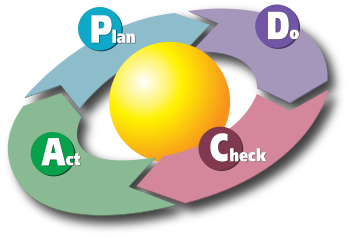
By continuing to cycle through these steps, improvement is always being worked on and evaluated. Each step builds on the previous step, and then feeds into the next.
Plan - In the planning phase, the L&D team will drive the conversation – ask the right questions - to measure current standards, come up with ideas for improvements, identify how those improvements should be implemented, set objectives, and make the plan of action.
Do - Implement the plan that was created in the first step. This includes not only changing processes and ways of working, but also providing any necessary communication and engagement across the organisation.
Check – This is where the L&D team need to evaluate what impact the changes they have implemented have had against an agreed measure of success. It is at this step that any corrective actions need to happen to ensure the desired results are being achieved.
Act - All the data gathered from the change is analysed by L&D and presented to the organisation leadership team to determine whether the change will become permanent or if further adjustments are needed.
The goal of continuous process improvement for the L&D professional is ultimately the provision of efficient and effective learning aligned to the organisational goals – which is why changes are measured and presented to the organisations leadership. The principle of The Aggregation of Marginal Goals made famous by David Brailsford and his team at British Cycling back in 2003 is a great example of how continuous process improvement can make a difference to performance in an organisation. It is the notion of looking for lots of little improvements in what you do – tiny margins of improvement everywhere. When Brailsford took over British Cycling he looked at everything about the sport, the bikes and the cyclists in the search for those improvements. He and his team redesigned bike saddles, rubbed alcohol on tyres, taught team cyclists how to wash their hands (to minimise the risk of infections), changed the pillows they slept on and the socks that they wore as well as changing their training regimen and diets. Applying the principles of the aggregation of marginal gains saw the team go from relative obscurity and mediocre performance to winning the Tour De France and dominate cycling at the 2012 Olympics – and beyond. Applying the same principles to learning and development can only result in improved organisational performance - find the 1% improvement in every aspect of L&D. Adopting a continuous process improvement mindset can only lead to growth in the success of learning that may be cheaper and may be faster, but that will not compromise on quality.
Learning is continuous, and so therefore should be the search for improvements in how we approach it within our organisations.
Comments
Be part of the conversation by adding a comments below
No comments have been added yet


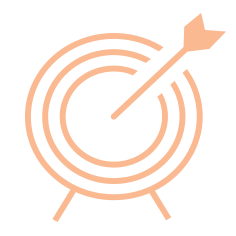




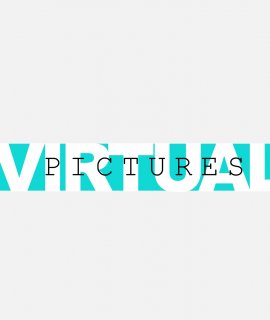


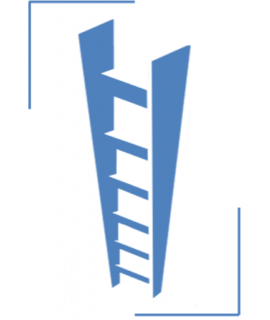
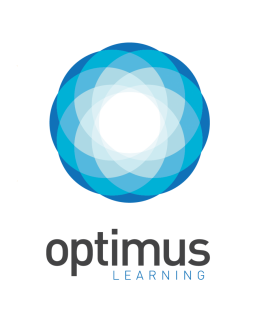





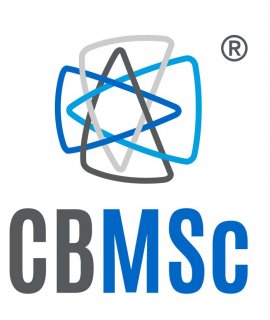
_270x320.jpg)
_270x320.png)
